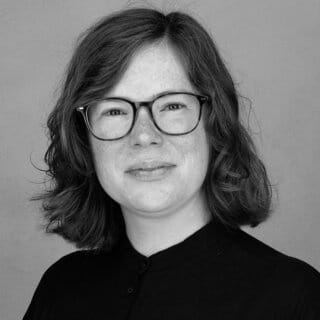Orientering mot språkliga identiteter i samtal
In contrast to most research paradigms in second language acquisition which view interaction as a source of data for the study of language learning, this article employs an ethnomethodological perspective in the analysis of naturally-occurring second language talk. The article seeks to explore how local identities (here defined as being either a first- or a second-language speaker) are mobilized by the participants, and how shifts in their salience can be traced in the sequential organisation of the talk. The data consist of conversations between first-language (FL) and second-language (SL) speakers and between SL-speakers with varying linguistic backgrounds in collaborative writing groups in a multilingual setting at a Swedish university. The analysis focuses on repair sequences (self-initiated other-repairs) in which a linguistic unit is made explicit. The article discusses the cases in which the SL-speaker displays knowledge about the register in an academic laboratory report and instances when she orients to her restricted linguistic knowledge. It is argued that the linguistic status of the speakers is an interactionally-mobile category. In the few cases when the speaker identities are brought into focus in conversations between FL- and SLspeakers, this appears as a result of the help-seeking activities of the SL-speaker. In conversations between SL-speakers, however, the speakers are by contrast more eager to activate their linguistic identity.
Författare: Gunilla Jansson
Orientering mot språkliga identiteter i samtal om text under arbete i flerspråkiga studentgrupper
Språk och stil NF 18, 2008

Svenska som andraspråk
 Åk F–Vux
Åk F–Vux
När leken inte fungerar
 Fsk
Fsk



